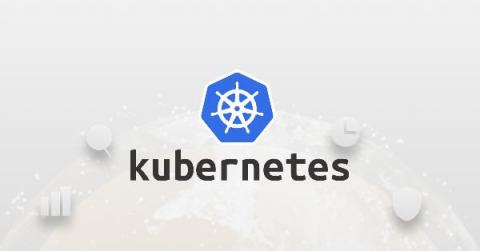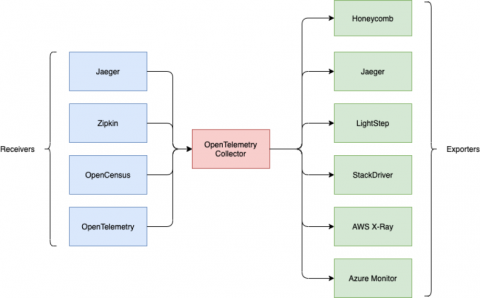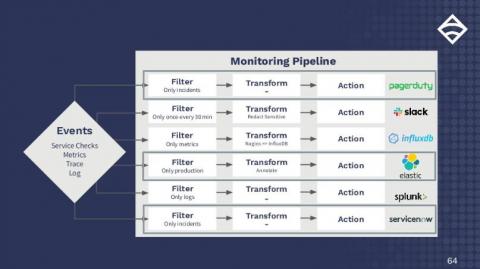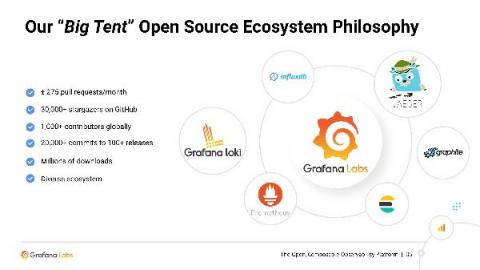Implementing Observability for Kubernetes
In today’s era of microservices, containers, and containerized applications, software architecture is more complex. Kubernetes is king in this environment, orchestrating an army of Docker containers in more distributed environments.










